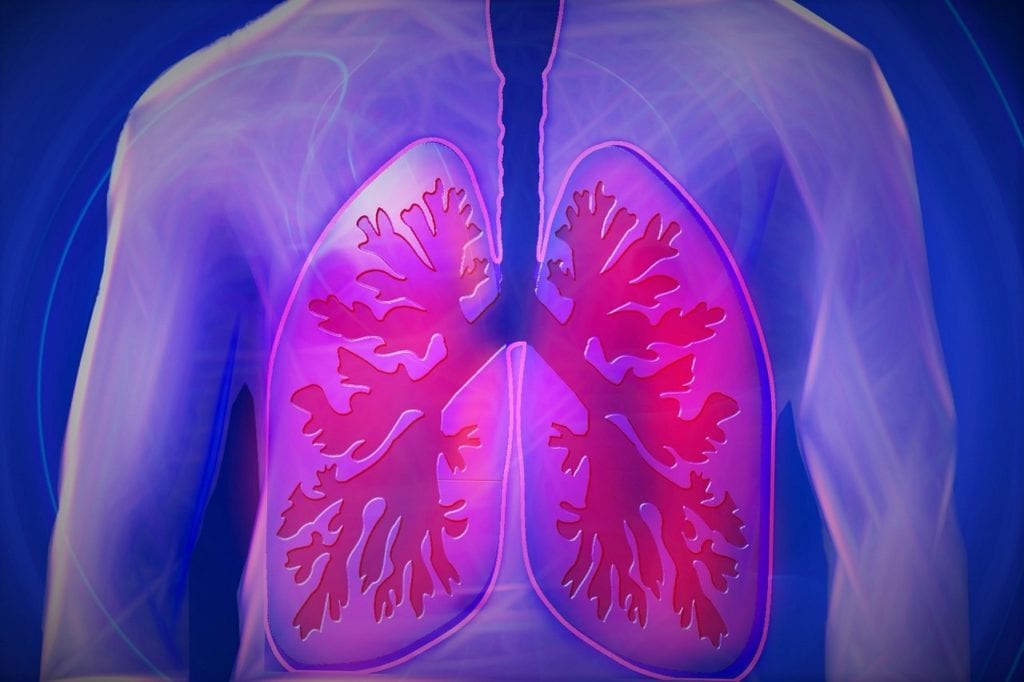
Binding with a 'messy' protein: how nickel becomes the lung killer
Researchers at the Alma Mater in Bologna have discovered how nickel binds to a protein to develop lung cancer
Nickel contained in cigarettes and smog promotes tumour development
But it is not yet clear how.
However, researchers at the Alma Mater in Bologna are on the right track to solve the puzzle.
Thanks to a study, the results of which have been published in the journal Biomolecules, they have discovered how nickel interacts with a particular protein, called NDRG1, thus becoming a lung killer.
A NEW FRONTIER FOR DRUGS
“Targeting this protein, which is involved in both the cellular response to nickel and in tumour transformation, could be a strategy for fighting lung cancer,” explains Barbara Zambelli, a lecturer in the Department of Pharmacy and Biotechnology at the University of Bologna and coordinator of the research.
‘Being able to identify in detail the role this protein plays in the process of carcinogenesis at the cellular, molecular and structural level,’ adds Zambelli, ‘is very important for developing drugs that can modulate or inhibit its action.
THE CARCINOGENIC EFFECTS OF NICKEL
Nickel is a metal essential for the life of single-celled organisms and plants, but in mammals it is associated with the development of several diseases.
The carcinogenic effects of nickel on human lungs, linked to smoking and pollution, have been known for more than 30 years.
‘Today we know that nickel exposure tricks cells into feeling oxygen-depleted,’ explains Zambelli, ‘and this causes a series of events that cascade into tumour transformation.
Furthermore, nickel also causes tumours through its ability to bind certain proteins, in a non-physiological way, altering their function’.
THE INTERACTION WITH THE PROTEIN
Both cases involve the NDRG1 protein, the presence of which in high amounts correlates with a poor prognosis in lung cancer cases.
‘We observed that NDRG1 contains, in its terminal part, a long, very flexible region, which we define as ‘intrinsically disordered’- explains Stefano Ciurli, Professor of Pharmacy and Biotechnology at the Alma Mater and co-coordinator of the study- it is this particular region that could be directly responsible for the specific function of the protein’.
NICKEL, THE RESULTS OF THE STUDY
The researchers have in fact demonstrated that nickel binds to precisely this portion of the protein, and with nuclear magnetic resonance experiments they were also able to map the area.
‘These results are a first fundamental step towards understanding, at a molecular level, the action of the NDRG1 protein inside the cell,’ Zambelli concludes.
‘These are answers that can help us to understand the role of nickel in the tumour process and can therefore favour the development of effective pharmacological tools.
Read also:
Emergency Live Even More…Live: Download The New Free App Of Your Newspaper For IOS And Android
Lung Cancer: Symptoms, Diagnosis And Prevention
Pancreatic Cancer: What Are The Characteristic Symptoms?
Chemotherapy: What It Is And When It Is Performed
Ovarian Cancer: Symptoms, Causes And Treatment
Breast Carcinoma: The Symptoms Of Breast Cancer
CAR-T: An Innovative Therapy For Lymphomas
What Is CAR-T And How Does CAR-T Work?
Radiotherapy: What It Is Used For And What The Effects Are
Pleuritis, Symptoms And Causes Of Pleural Inflammation
Pneumocystis Carinii Pneumonia: Clinical Picture And Diagnosis
Head And Neck Cancers: An Overview
A Guide To Chronic Obstructive Pulmonary Disease COPD
Surgical Management Of The Failed Airway: A Guide To Precutaneous
Thyroid Cancers: Types, Symptoms, Diagnosis
Pulmonary Emphysema: Causes, Symptoms, Diagnosis, Tests, Treatment
Symptoms And Foods To Avoid With Nickel Allergy
Contact Dermatitis: Can A Nickel Allergy Be The Cause?


